
About This Quiz
Born between 1946 and 1964, baby boomers lived through a unique time in cultural history, mainly when it came to literature. For centuries prior, literature was viewed as a pleasure for the upper classes. Still, there was a massive shift in the 20th century as education increased, which became even more prevalent after WWII. That means baby boomers had opportunities that previous generations didn't, and when it came to books, there were plenty of opportunities to be had.
Literature during this time was heavily influenced by a variety of factors, including WWII, the counterculture movement, race relations, environmental struggles and suburban life. New concepts formed as well, which added a twist to genres like romance fiction, non-fiction and even children's fiction. For these reasons, literary scholars could argue that baby boomers have enjoyed the most dynamic fiction of all time.
Did you grow up during this era in history, or are you a fan of literature that came out during the baby boom years? From novels about setting out on adventures across the country to horror tales based on real events, can you name them all?  If you're a bookworm, then this quiz on the essential baby boomer books will be right up your alley. So get started and show everyone you're a true literature buff.
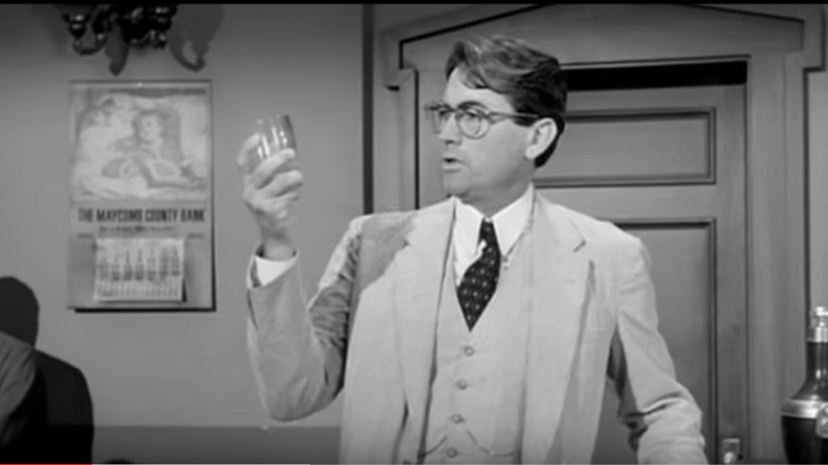
"To Kill a Mockingbird" was the first and only novel published by Harper Lee until "Go Set a Watchman" was published in 2015, a year before her death. This new novel was actually an early draft of her 1960 classic.

George Orwell was ill with tuberculosis when he undertook the task of writing "1984," which he completed and published in 1949. The novel would be his last, as he lost his life to tuberculosis in 1950 at the age of 46.

"The Lord of the Rings" trilogy finally hit the big screen when the first book, "The Fellowship of the Ring," was turned into a movie in 2001. The movie starred Elijah Wood as Frodo Baggins, the hobbit who comes in possession of the ring.
Advertisement

The main character of "The Catcher in the Rye," Holden Caulfield, has been one of the most controversial protagonists in literature. Often viewed as the quintessential representation of teenage angst, he has also been interpreted as a spoiled brat unable to deal with growing up.

Having no children, Margaret Wise Brown left the royalties from "Goodnight Moon" to a young boy named Albert Clarke, who she met through his mother. The money didn't fare well in Clarke's hands, as it often funded his criminal behavior throughout his life.

Ray Bradbury got the idea for "Fahrenheit 451" from an action taken by Adolph Hitler. Seeking to subdue opposing views against Nazism, Hitler ordered the burning of books throughout Germany and Austria that were deemed to be against his ideology.
Advertisement
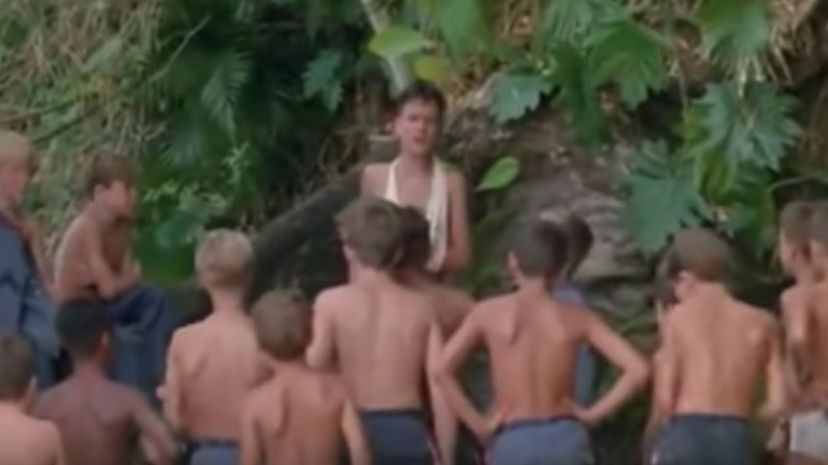
As is the case with the first novel for most writers, William Golding struggled to find a publisher for "Lord of the Flies." It was eventually picked up by Faber and Faber, though it still took a while for the novel to find any fanfare as it sold less than 5,000 copies the first year.

"Lolita" was inspired by the 1948 kidnapping of Florence "Sally" Horner by Frank La Salle. Unlike Dolores Haze from the book, Horner's story didn't end on a positive note, as she was killed in a car crash two years after she was returned home.
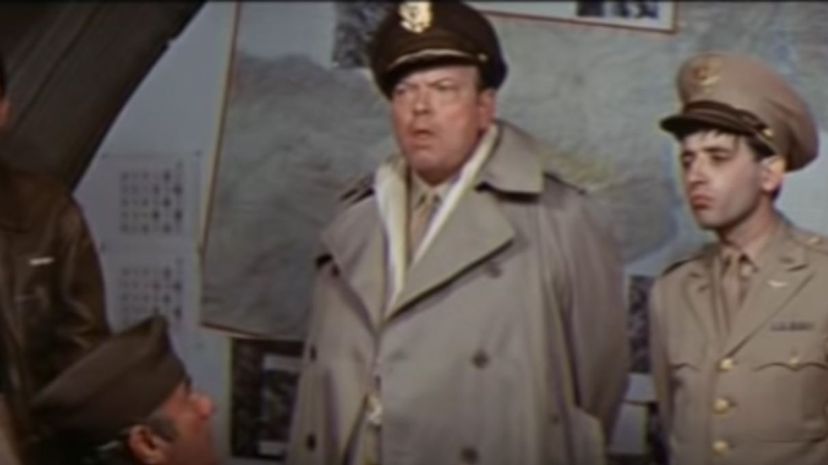
Nearly 40 years after Joseph Heller published "Catch-22," accusations arose that he plagiarized the story from a book titled "Face of a Hero." Heller and his editor rejected the accusations, and ultimately, nothing came of them.
Advertisement

Jack Kerouac completely immersed himself in the task of writing "On the Road." Prior to writing the novel, Kerouac traveled across the United States several times, keeping a journal of his travels to later include in the story.

"Atlas Shrugged" served as an example of Ayn Rand's philosophy of objectivism. In the book, she defined her philosophy as "the concept of man as a heroic being, with his own happiness as the moral purpose of his life, with productive achievement as his noblest activity, and reason as his only absolute."
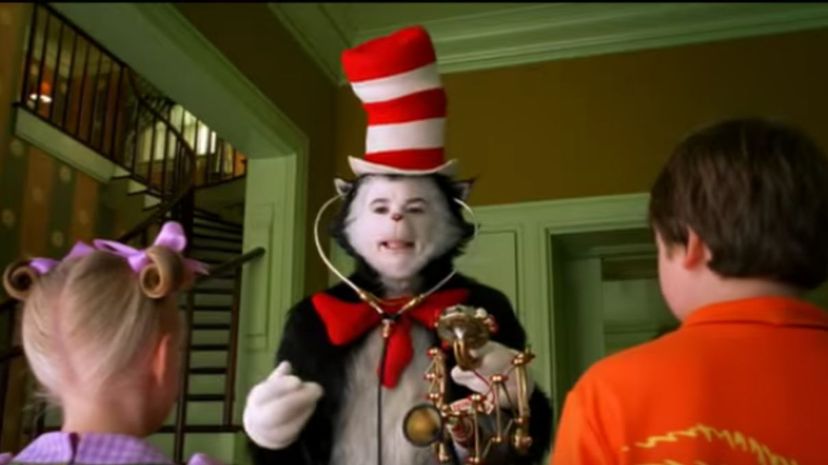
Theodor Seuss Geisel, better known as Dr. Seuss, was challenged to write a children's book that kids couldn't put down. Given a list of words that the kids needed to learn, Dr. Seuss used 236 of the words to create "The Cat in the Hat."
Advertisement
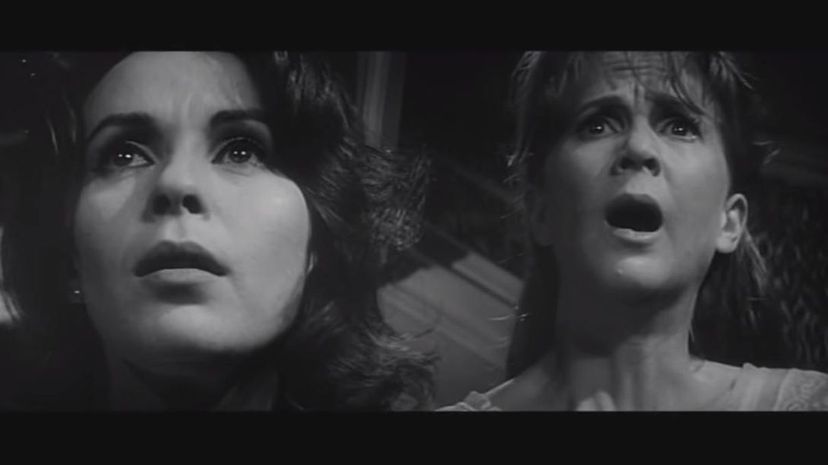
It would be easy to dive into "The Haunting of Hill House," thinking it was a story about ghosts. However, it's a story about how a house can haunt someone, changing their fragile psyche as it does with Eleanor in the story.
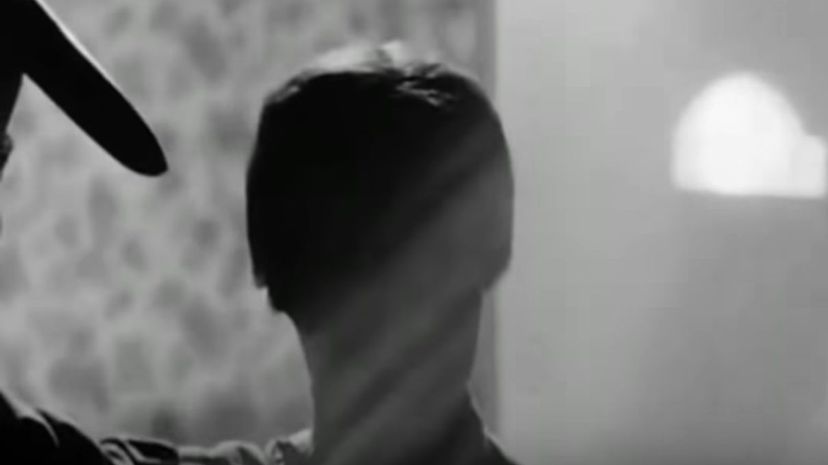
"Psycho" was written by the popular crime novel writer Robert Bloch, who was awarded numerous awards for his writing. He even won the Hugo Award for Best Short Story when he published "That Hellbound Train" the same year as "Psycho."

Though "In Cold Blood" was written under the guise of non-fiction, some elements of the book have come under question in recent years. Much of the controversy surrounds Alvin Dewey, the lead investigator, who was written as someone much more on top of the case than he actually was.
Advertisement
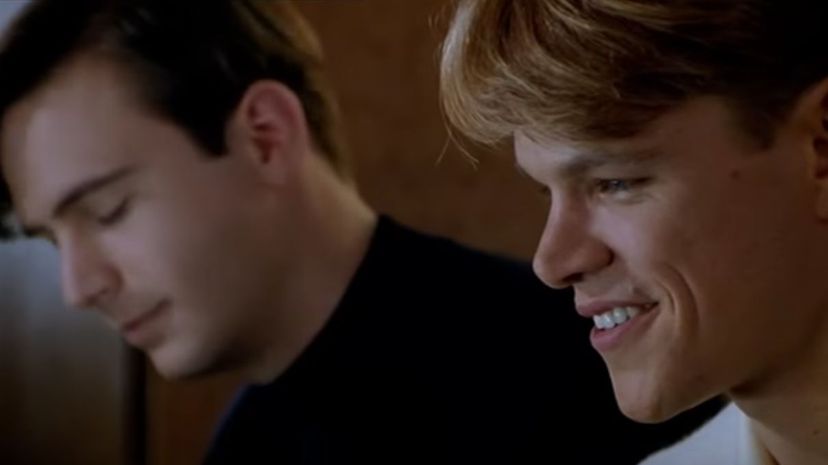
"The Talented Mr. Ripley" was the first of five novels written by Patricia Highsmith about Tom Ripley. The final book, "Ripley Under Water," wasn't finished until 1991, 36 years after the first novel came out.

Since Shel Silverstein was a relatively new writer of children's books, his publisher did not have much faith in "The Giving Tree," printing very few copies as a first edition. Those concerns were quickly put to rest, and today, the book is one of the most successful children's stories of all time.
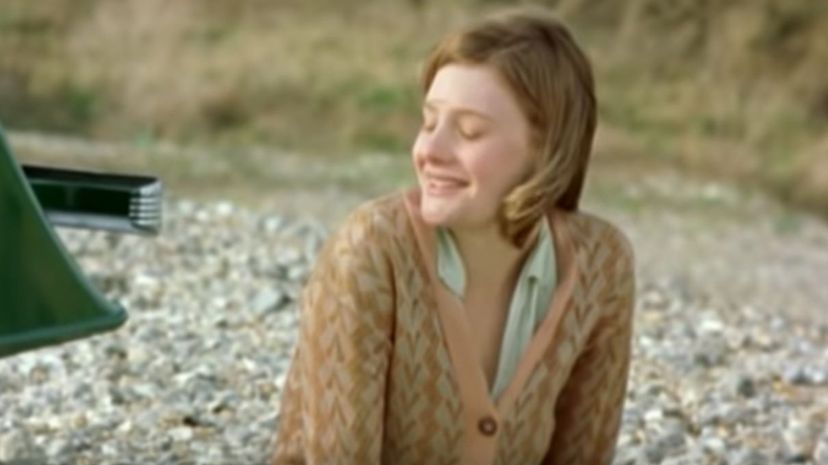
Cassandra Mortmain, the protagonist of "I Capture the Castle," also serves as the first-person narrator. She spends most of her time developing her literary talent in her journal, which she finally puts aside after developing a hopeful romance at the end.
Advertisement

Castle Gormenghast is the primary setting for two of the three novels in the "Gormenghast" series, "Titus Groan" and "Gormenghast." The third novel, "Titus Alone," follows Titus as he travels to an unexpected land that makes him question his past.
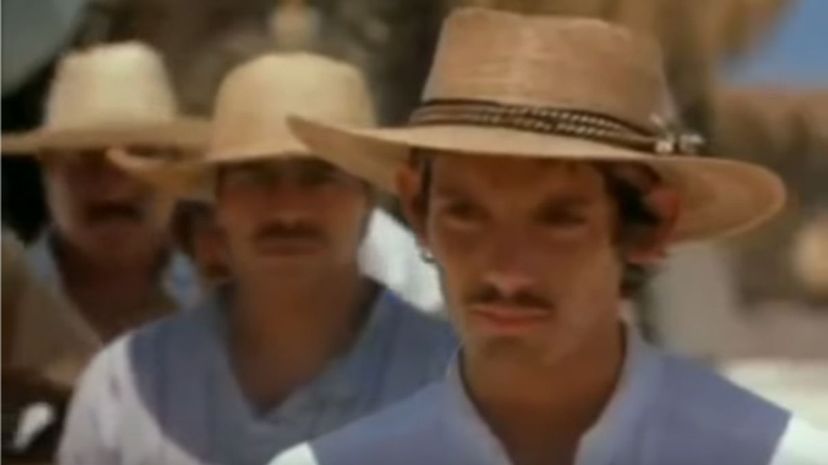
It didn't take long for the film industry to take an interest in "The Pearl," as a movie was made based on the book the same year it was published. The film was well-received after its initial release, and later, it was added to the U.S. National Film Registry.
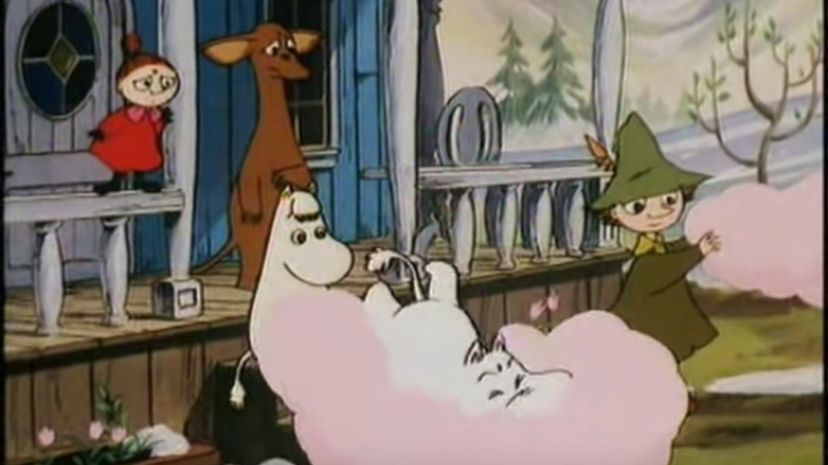
When Tove Jansson first developed the Moomin characters, it wasn't for a children's book, which it became in "Finn Family Moomintroll." Instead, these characters served as satire in an anti-Hitler cartoon published in 1938.
Advertisement
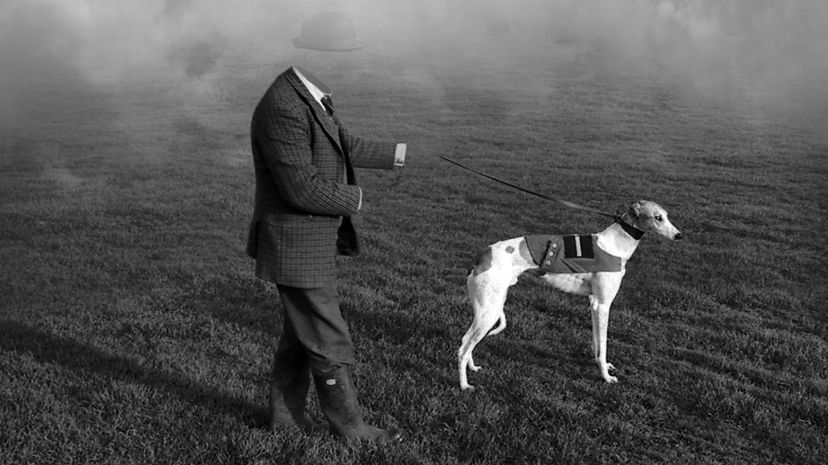
After WWII came to a close, Ralph Ellison, who served as a cook in the war, went to Vermont to visit a friend. It was there that he wrote the first line to the novel: "I am an invisible man." At the time, he had no idea what it would turn into.

James Baldwin included a short autobiography at the beginning of "Notes of a Native Son." In this section, he discussed his disconnect with his father, who wanted him to be a preacher, and his decision to move to Paris to separate himself from being merely an African-American writer.

"Exodus" is titled after the second book in the Bible as well as the name of a transport ship that attempted to carry Jewish Holocaust survivors to Palestine. The novel discusses the transport briefly at the start, though many of the details are changed around.
Advertisement

"I, Robot" started as a series of short stories published in magazines like "Super Science Stories" and "Astounding Science Fiction," beginning in 1940. He finally formulated the stories into a novel and published it in 1950.

James Baldwin used parts of his own biography to tell the fictional account of John Grimes growing up in Harlem in his novel "Go Tell It on the Mountain." The story depicts the relationship between the African-American community and the Pentecostal Church, showing both the positive and negative aspects of such a relationship.

"The Tin Drum" utilizes an unreliable narrator in Oskar Matzerath, who has paranoiac tendencies, to tell its story. These tendencies eventually land Oskar in a mental hospital, from which place the story is being told.
Advertisement
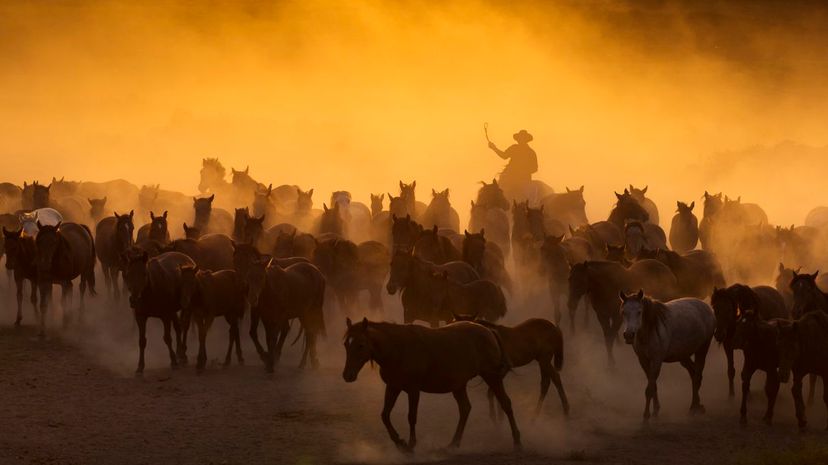
Known as a border ballad, "With His Pistol in His Hand" captures the disparity between Mexicans and their Texas neighbors at the beginning of the 20th century. For these two groups, the laws were very different, and it became even more evident when Gregorio Cortez Lira shot a Texas sheriff.
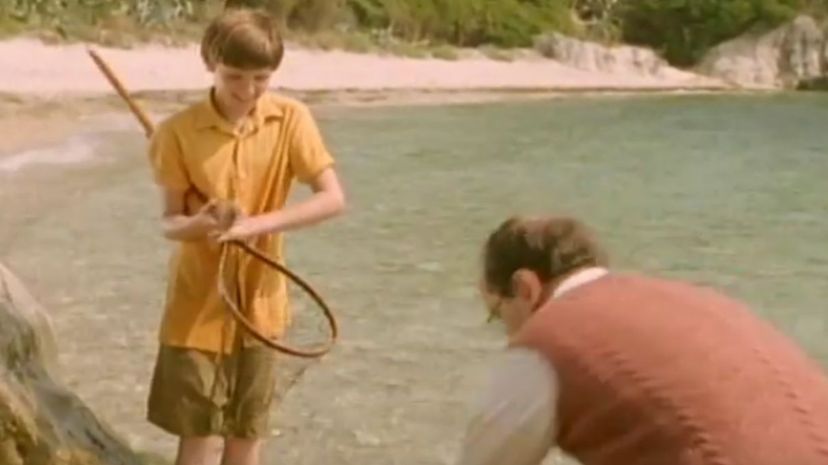
Most of Gerald Durrell's books focused on his life as an animal collector who traveled around the world in search of different creatures. "My Family and Other Animals" describes his first experiences with collecting animals on the island of Corfu as a child.

J.P. Donleavy had difficulty finding a publisher for his book, "The Ginger Man," due to its illicit content. Eventually, a Paris based publisher called Olympia Press agreed to publish the novel, but it was published as pornographic fiction.
Advertisement

When "Lady Chatterley's Lover" was finally published in English in 1960, the publisher, Penguin Books, faced an obscenity trial against some of the content. The publisher won the case and actually benefited from the publicity, selling over 2 million copies within two years.

Though Robert A. Heinlein decided on the title "Stranger in a Strange Land," a reference to a Bible verse, it wasn't the working title throughout most of the process. Instead, Heinlein thought about calling it "The Heretic" until it got closer to being finished.
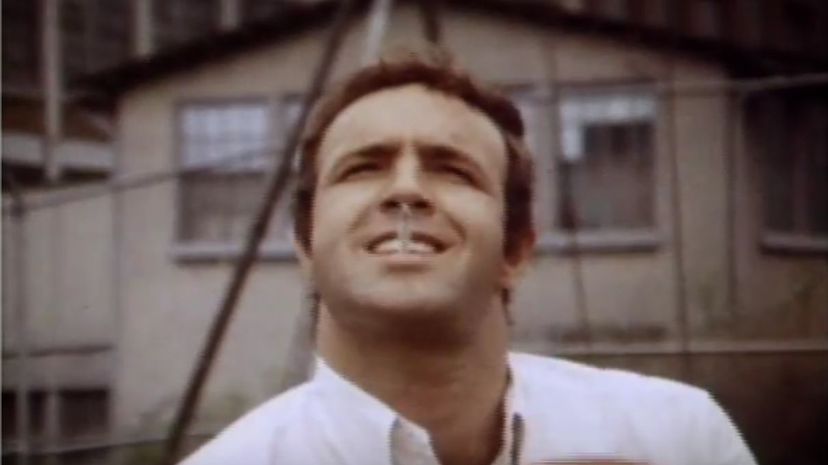
"Rabbit, Run" was the first in a series of four novels that follow the character Harry "Rabbit" Angstrom. The final novel based around Angstrom was "Rabbit at Rest," which won the Pulitzer Prize for Fiction in 1991.
Advertisement

Forty-eight years after its release, Time magazine named "The Drowned World" one of the most influential post-apocalyptic novels ever. There's a good reason for it, too, as the novel has influenced an entire genre known as climate fiction.

"The Common Sense Book of Baby and Child Care" differed greatly from previous books relating to raising a child. Prior books emphasized a more repressive approach, while "Baby and Child Care" taught parents to trust themselves and be humane with their children.